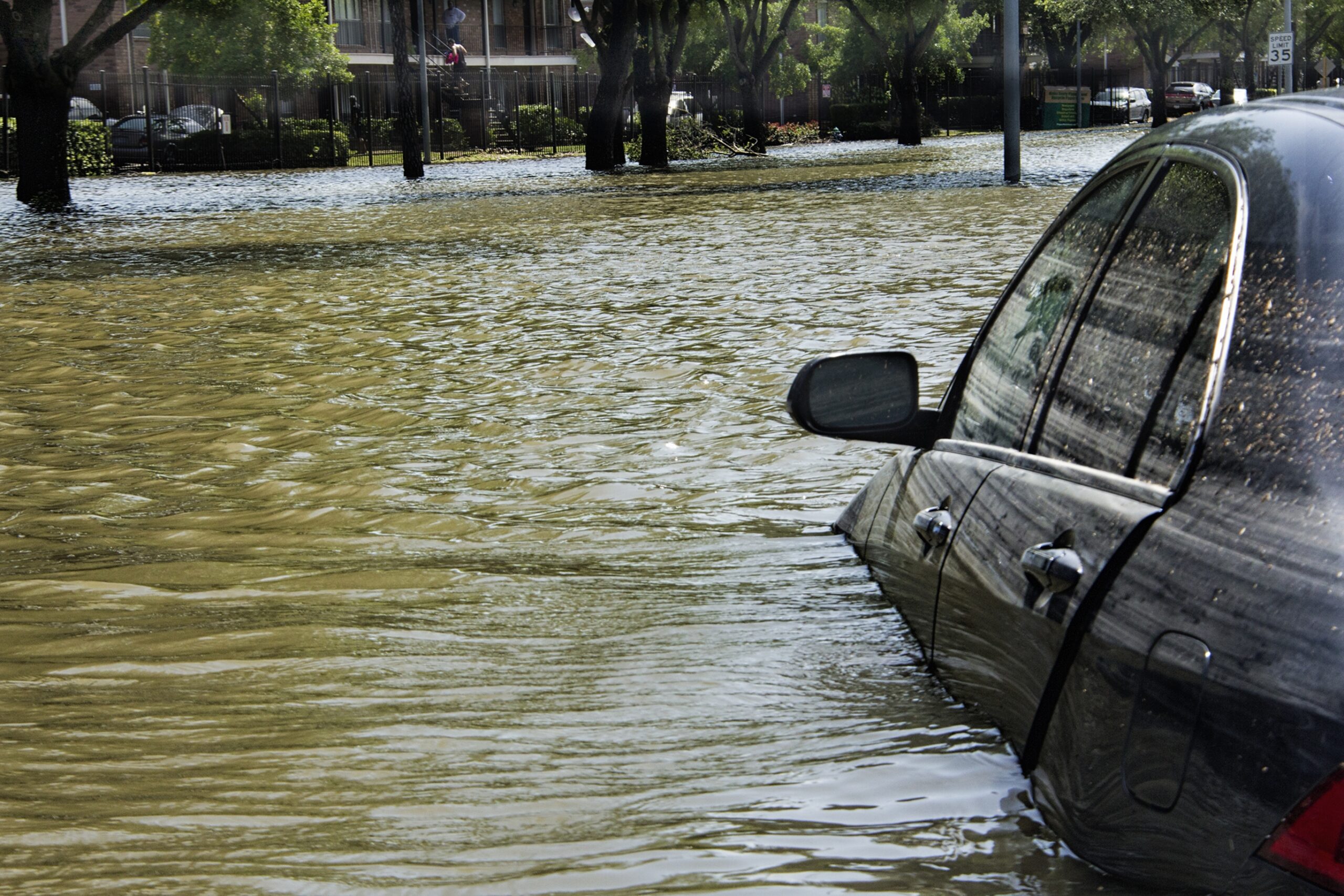Automotive industry stakeholders are watching closely as hurricane season brews in the Atlantic. The auto sector — already strained by lingering supply chain disruptions, parts shortages, rising costs and insufficient skilled labor in the repair space — could sustain another major blow if a hurricane hits a densely populated area this year. Experts estimate that as many as 70,000 vehicles were destroyed and more than 350,000 were damaged in the southeastern U.S. by 2022’s Hurricane Ian. An influx of claims of that magnitude presents major challenges under any circumstances, but advances in auto technology may further complicate the industry’s ability to meet consumer demands following a catastrophic (CAT) weather event.
Electric vehicles
While most cars on the road today still use combustion engines, electric vehicles (EVs) are slowly but surely gaining market share. The rising popularity of EVs has a number of advantages — more environmentally friendly, fewer repairs due to regenerative braking, less ongoing maintenance (no oil changes!), etc. — but also poses new challenges when it comes to CAT response. EVs run on rechargeable battery power and have limited mileage range. If they’re not fully charged when hurricane evacuation orders are issued, owners may have trouble getting themselves and their vehicles out of the path of a destructive storm — especially if there are area power outages or insufficient charging stations along the escape route. This puts EVs at higher risk of damage.
Another risk factor with EVs is their lithium-ion batteries sustaining prolonged exposure to flooding in the case of storm surge. Although EVs are designed to be water resistant, salt water can, over time, corrode batteries and even cause them to short out and catch fire. This is particularly dangerous because lithium-ion battery fires are notoriously difficult to extinguish.
Auto repair availability is at a premium after a widespread catastrophe, but it can be even harder to find for electric vehicles. Many repair shops (mom-and-pop operations in particular) do not carry the specialized parts needed for EVs, nor do they have technicians with adequate training to properly service them. Some players in the EV space want their vehicles repaired in certified shops only; this further limits available options following a CAT event. After Hurricane Ian, many EV owners secured certified repairs outside of Florida to minimize delays. There are, of course, costs involved in transporting undrivable vehicles to other states; it remains to be seen how insurance carriers will address these costs, which serve to close claims faster and get cars back on the road sooner.
The EV sector continues to develop, and new manufacturers regularly come onto the scene. It takes time for new models to be added to the standard auto insurance estimating systems; until that happens, it’s much more difficult for service shops and appraisers to create damage or repair estimates for these vehicles. Individual parts must be looked up manually, and there’s an added risk of inconsistent pricing and coverage. In fact, some insurers won’t cover certain EVs or demand heavy surcharges of their EV policyholders to account for such factors.
Bells and whistles
Regardless of whether they run on battery power or combustion engines, new vehicles come equipped with a variety of tech-forward safety, comfort and infotainment features. Everything from the airbags and headrests to the windows and mirrors are computerized and electrically charged. (The high number of chips in today’s vehicles accounts for why the COVID-era microprocessor shortage had such a detrimental impact on auto industry production.) They are all susceptible to storm-related water damage — and, much like EV batteries, to corrosion from salt water.
Many of these systems are difficult and expensive to repair. They’re also updated every few years and can be specific to certain car models or manufacturers, so replacement parts aren’t readily stocked. If the system repairs are deemed cost-prohibitive, the vehicle may be deemed a total loss and salvaged for parts that can be reused or recycled. With the potential for thousands of damaged vehicles needing to be replaced after a CAT event, the new car market could once again be overwhelmed by sudden demand due to advances in the technology.
The winds of change
Even the world’s foremost experts with the best meteorological tools and models can’t predict what the 2023 Atlantic hurricane season will bring or how many vehicles will be affected. But you don’t need a crystal ball to see that deep-seated changes lie ahead for the auto industry. The European Union is advancing legislation to go zero emissions by 2035, and the Biden administration is working to promote similar efforts in the U.S. In further support of environmental, social and governance (ESG) initiatives, we’re also seeing more electric buses, heavy equipment and military tanks take the place of their combustion-engine predecessors. Successfully implementing these fundamental shifts will require widespread investments in power grids, charging stations, manufacturing and repair capabilities and other aspects of our infrastructure. The desired timelines are aggressive, but revamping the motor vehicle industry, which has been around for well over a century, won’t happen overnight.
The rollout of these changes, combined with the exodus of many experienced adjusters who are pursuing retirement, will have a significant impact on the auto claims space. We don’t know what the next few years will look like, but our team of experts at Sedgwick will be along for the ride and closely watching the trends that affect our industry and our clients.
> Learn more — visit our website to learn more about Sedgwick’s end-to-end auto solutions and direct repair program, and refer to our CAT resource center for the latest information

